Tania Bruguera
10,143,645
02 Oct 2018 - 24 Feb 2019
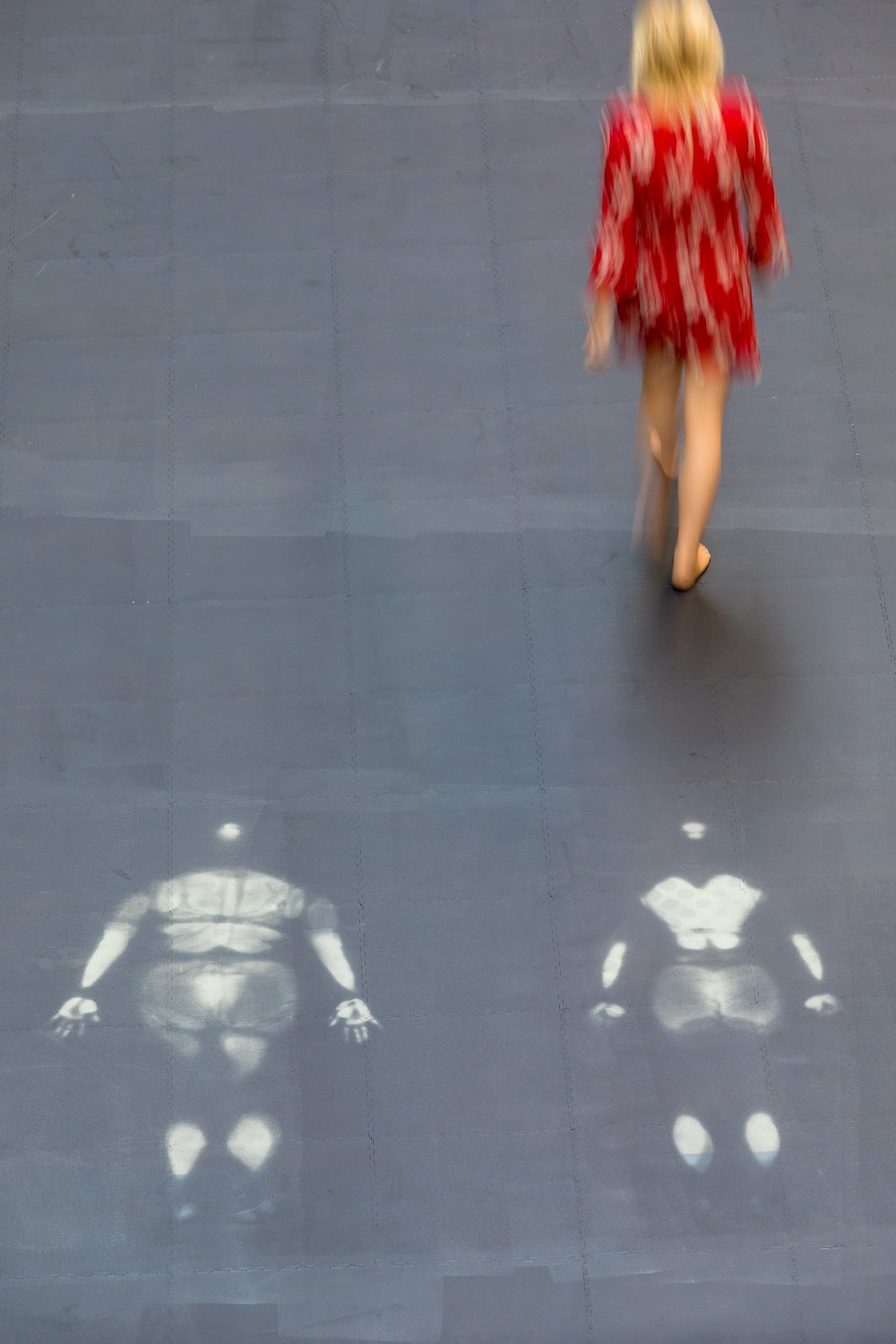
Tania Bruguera: 10,143,645
Exhibition view, Hyundai Commission, Tate Modern, London 2018, photo: Benedict Johnson
Exhibition view, Hyundai Commission, Tate Modern, London 2018, photo: Benedict Johnson
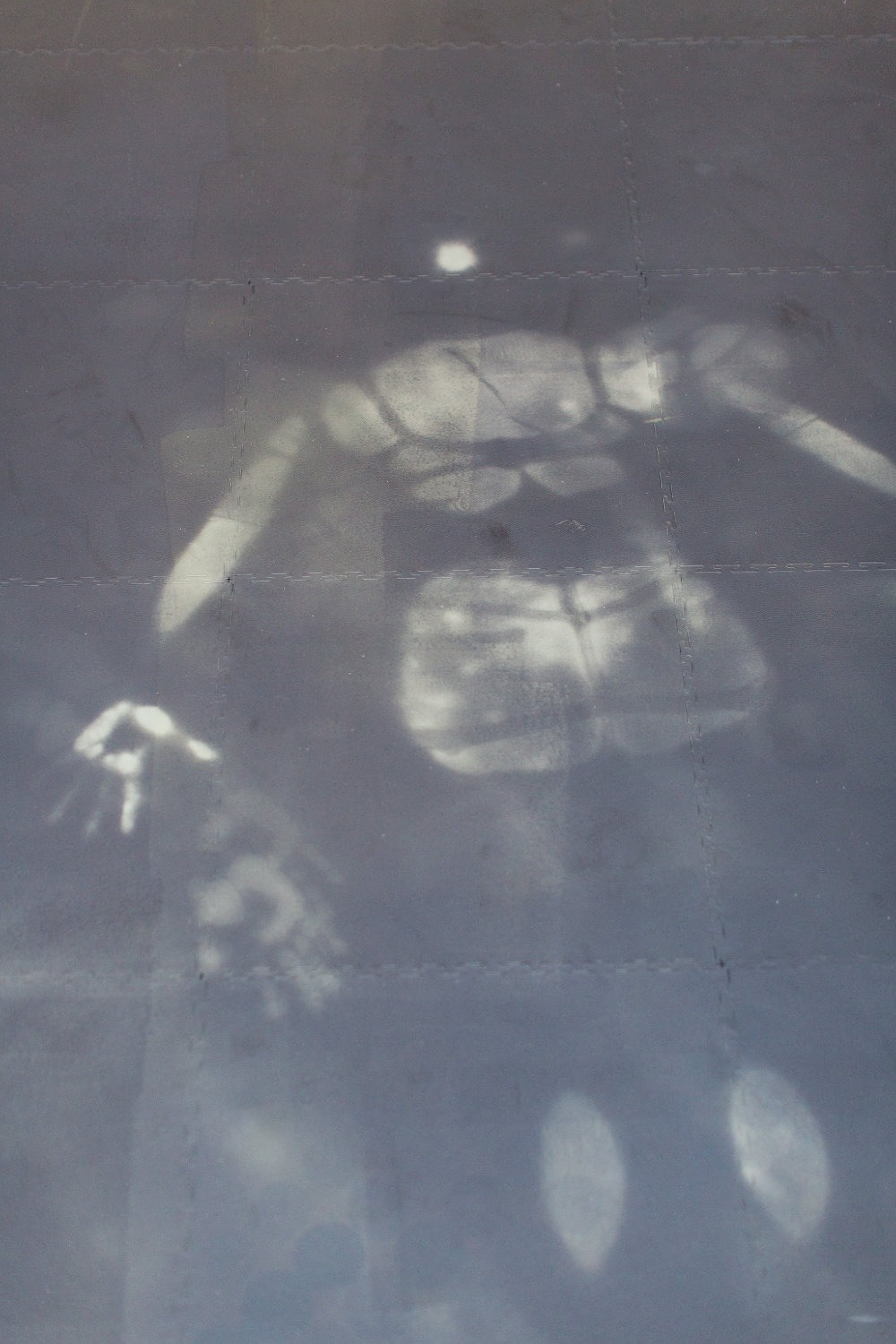
Tania Bruguera: 10,143,645
Exhibition view, Hyundai Commission, Tate Modern, London 2018, photo: Benedict Johnson
Exhibition view, Hyundai Commission, Tate Modern, London 2018, photo: Benedict Johnson
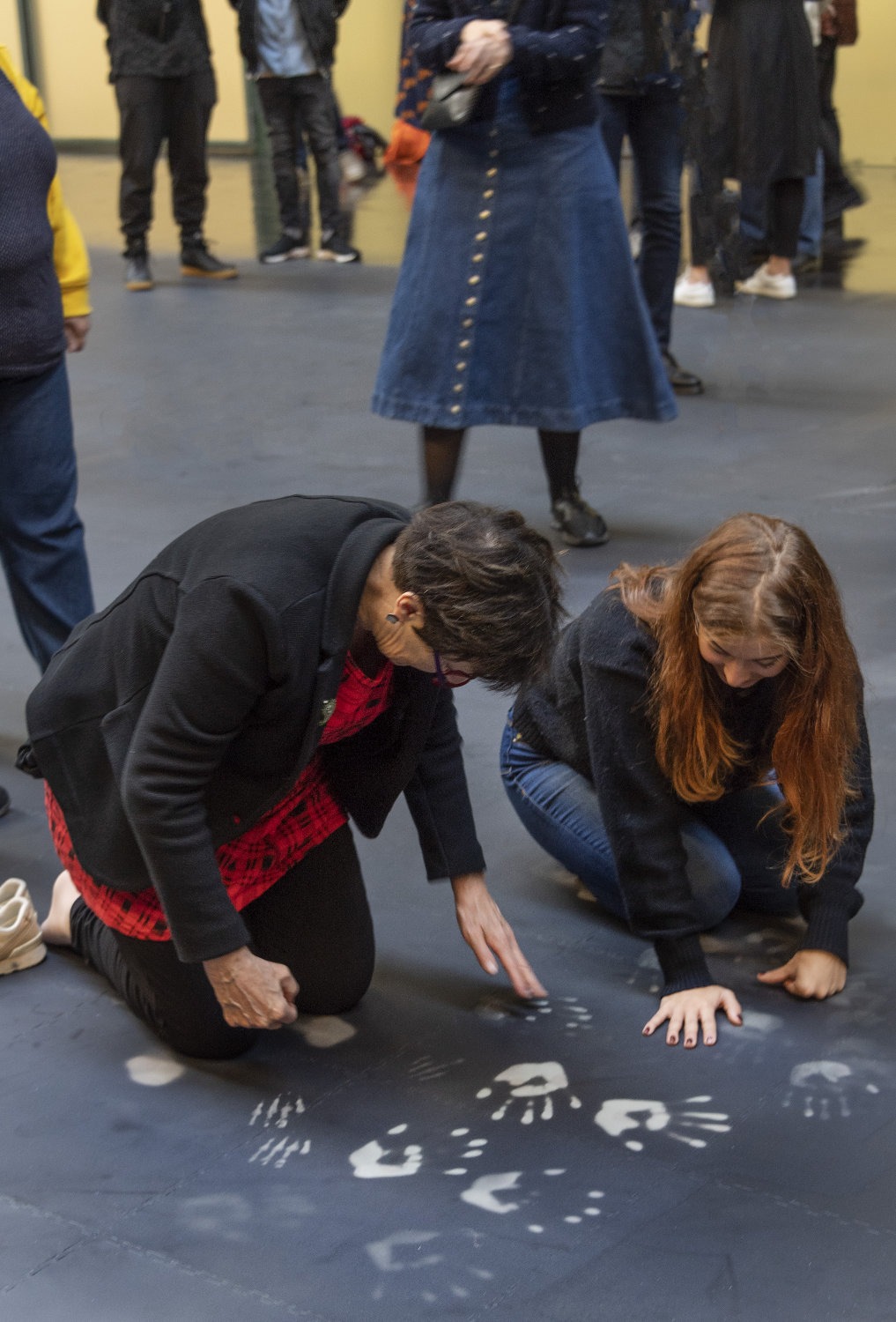
Tania Bruguera: 10,143,645
Exhibition view, Hyundai Commission, Tate Modern, London 2018, photo: Benedict Johnson
Exhibition view, Hyundai Commission, Tate Modern, London 2018, photo: Benedict Johnson
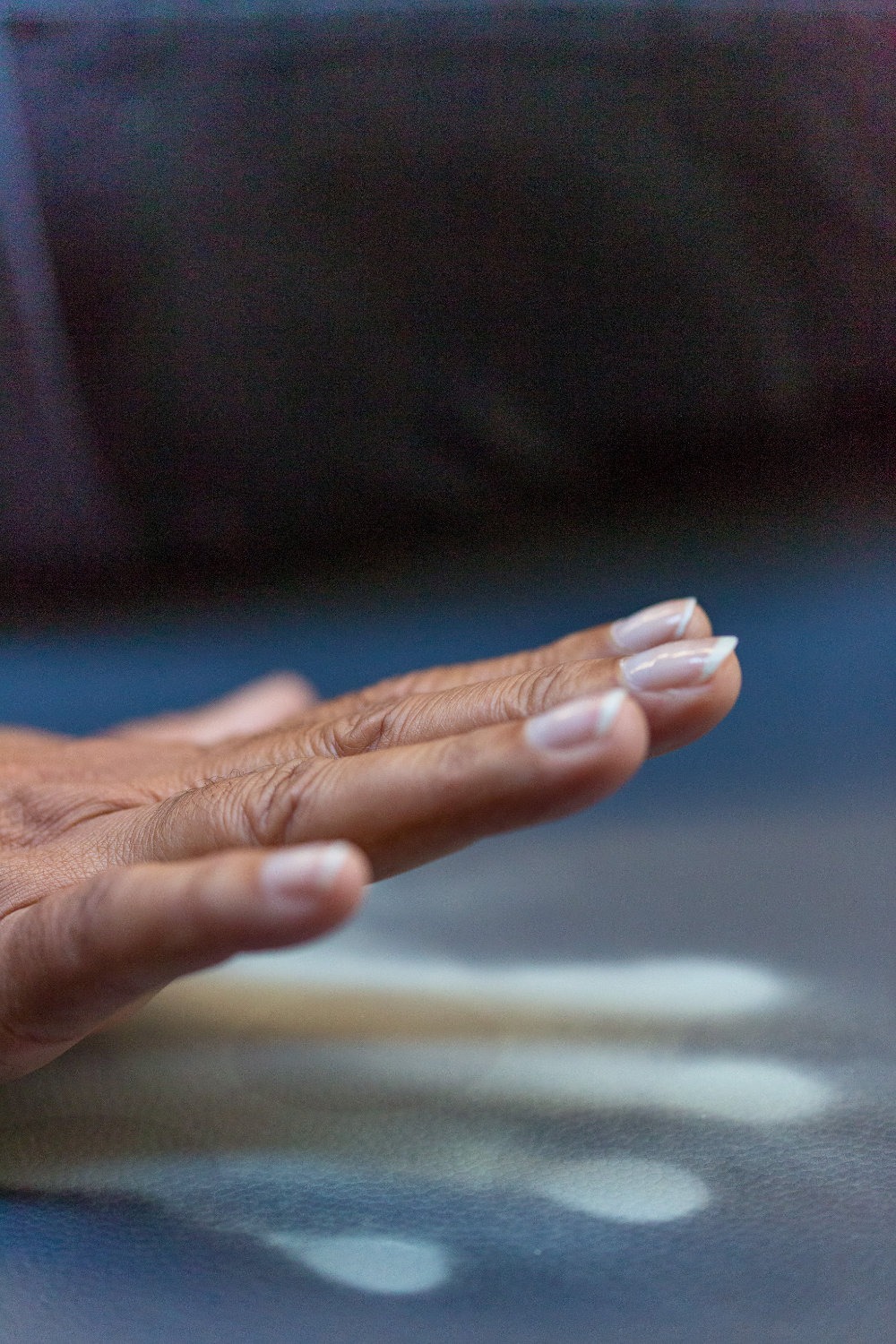
Tania Bruguera: 10,143,645
Exhibition view, Hyundai Commission, Tate Modern, London 2018, photo: Benedict Johnson
Exhibition view, Hyundai Commission, Tate Modern, London 2018, photo: Benedict Johnson

Tania Bruguera: 10,143,645
Exhibition view, Hyundai Commission, Tate Modern, London 2018, photo: Benedict Johnson
Exhibition view, Hyundai Commission, Tate Modern, London 2018, photo: Benedict Johnson
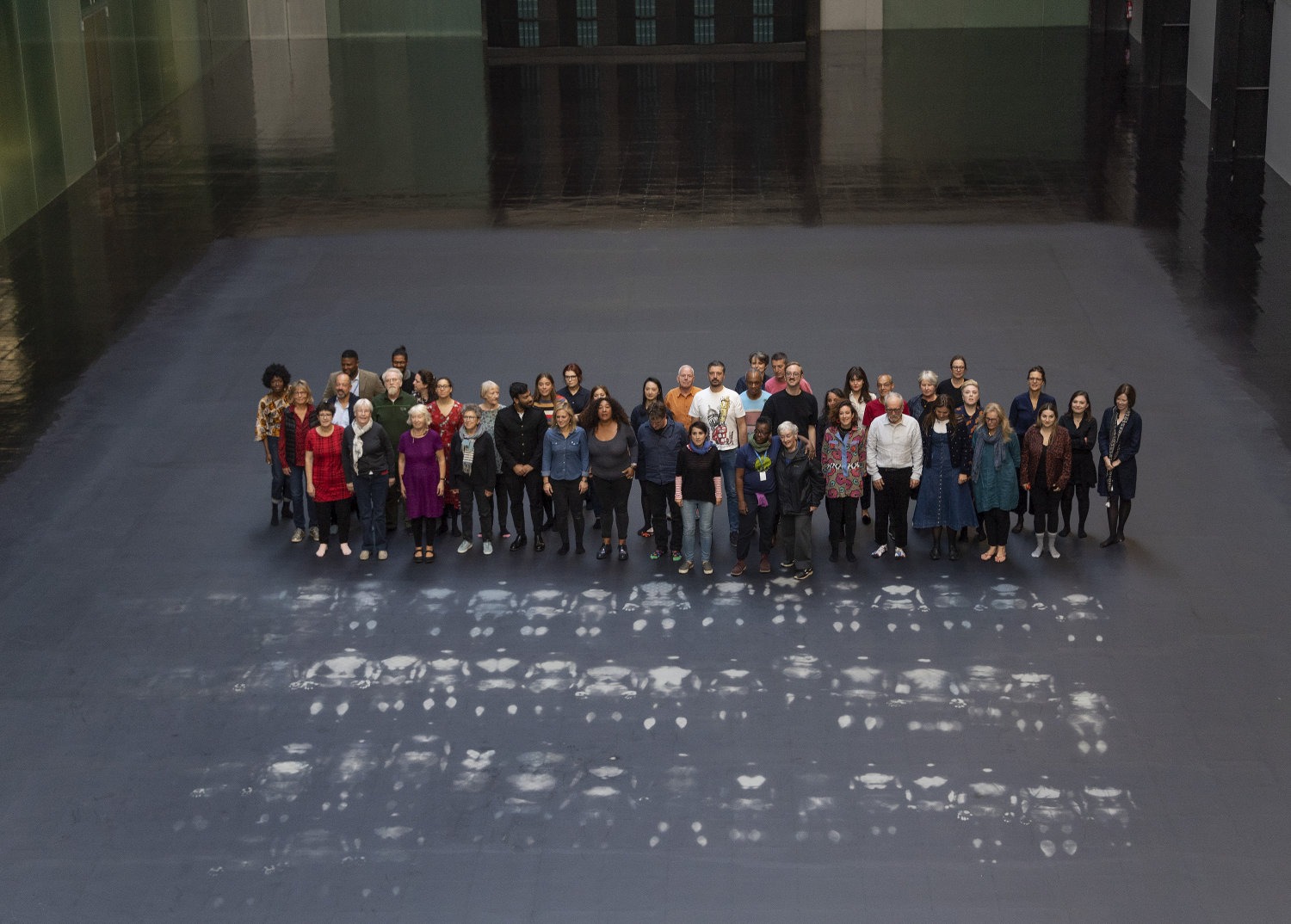
Tania Bruguera: 10,143,645
Exhibition view, Hyundai Commission, Tate Modern, London 2018, photo: Benedict Johnson
Exhibition view, Hyundai Commission, Tate Modern, London 2018, photo: Benedict Johnson
Hyundai Commission
The acclaimed Cuban artist and activist Tania Bruguera has created a series of subtle interventions in and around Tate Modern. The work’s title is an ever-increasing figure: the number of people who migrated from one country to another last year added to the number of migrant deaths recorded so far this year – to indicate the sheer scale of mass migration and the risks involved.
Bruguera has brought together a group of 21 people who live or work in the same postcode as Tate Modern. Called Tate Neighbours, they will explore how the museum can learn from and adapt to its local community. They have decided to rename Tate Modern’s Boiler House for a year in honour of local activist Natalie Bell. The Tate Neighbours have also written a manifesto which appears when you sign in to the free WiFi.
In the Turbine Hall is a large heat-sensitive floor. By using your body heat and working together with other visitors, you can reveal a hidden portrait of Yousef, a young man who left Syria to come to London. Meanwhile, a low-frequency sound fills the space with an unsettling energy. In a small room nearby, an organic compound in the air induces tears and provokes what the artist describes as ‘forced empathy’.
Tania Bruguera engages with 'the role of emotions in politics'. Her main concerns are institutional power, borders and migration. Her work spans performance, events, action, film, installation, sculpture, writing and teaching alongside site-specific works. Often, she sets out to cause change through her work. She calls this approach Arte Útil (useful art), in which people engage as users rather than spectators.
The changing numeric title is drawn from data supplied by the IOM’s Missing Migrants Project.
The acclaimed Cuban artist and activist Tania Bruguera has created a series of subtle interventions in and around Tate Modern. The work’s title is an ever-increasing figure: the number of people who migrated from one country to another last year added to the number of migrant deaths recorded so far this year – to indicate the sheer scale of mass migration and the risks involved.
Bruguera has brought together a group of 21 people who live or work in the same postcode as Tate Modern. Called Tate Neighbours, they will explore how the museum can learn from and adapt to its local community. They have decided to rename Tate Modern’s Boiler House for a year in honour of local activist Natalie Bell. The Tate Neighbours have also written a manifesto which appears when you sign in to the free WiFi.
In the Turbine Hall is a large heat-sensitive floor. By using your body heat and working together with other visitors, you can reveal a hidden portrait of Yousef, a young man who left Syria to come to London. Meanwhile, a low-frequency sound fills the space with an unsettling energy. In a small room nearby, an organic compound in the air induces tears and provokes what the artist describes as ‘forced empathy’.
Tania Bruguera engages with 'the role of emotions in politics'. Her main concerns are institutional power, borders and migration. Her work spans performance, events, action, film, installation, sculpture, writing and teaching alongside site-specific works. Often, she sets out to cause change through her work. She calls this approach Arte Útil (useful art), in which people engage as users rather than spectators.
The changing numeric title is drawn from data supplied by the IOM’s Missing Migrants Project.
